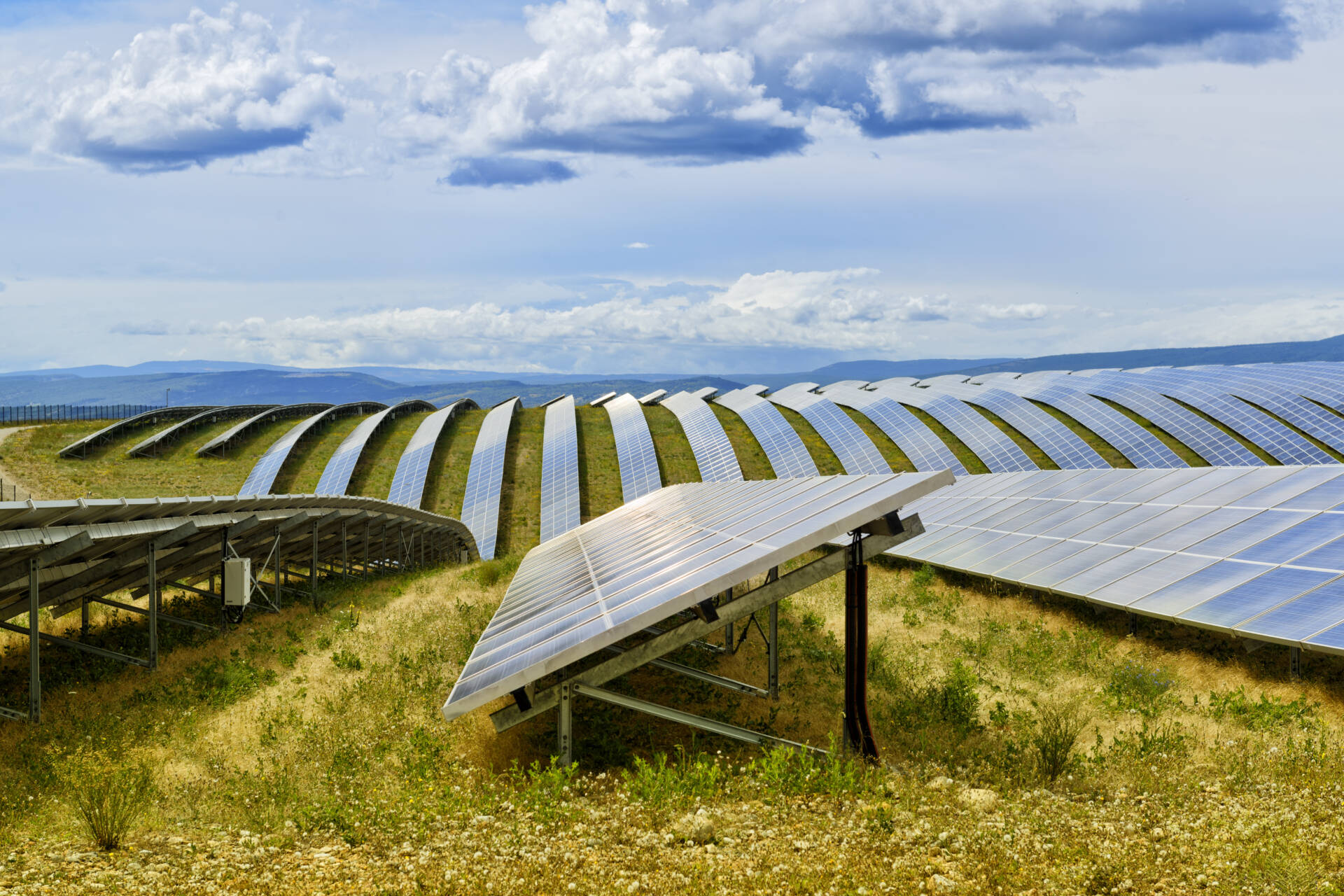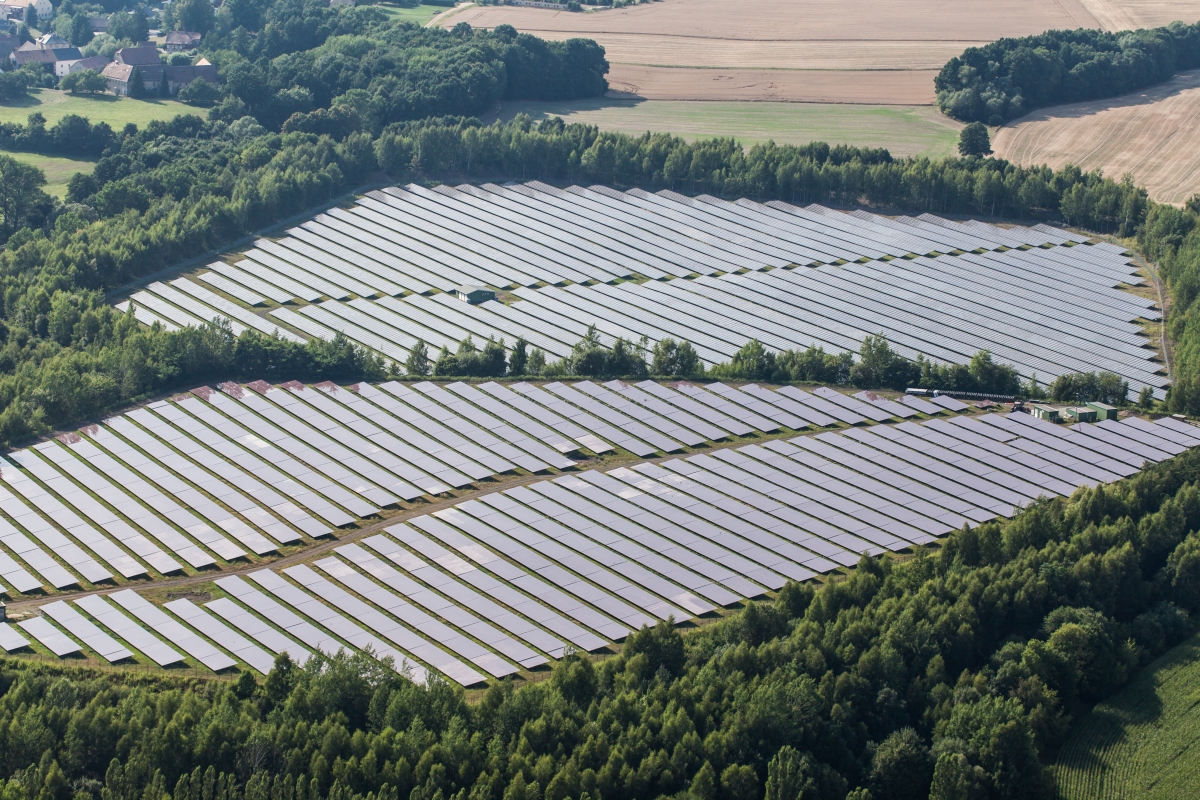As renewable energy is becoming the preferred solution to supply energy in smart cities, power forecasting for smart grids represents an ideal tool to better manage this variable energy.
Today, nearly half of the planet’s inhabitants lives in cities. The latter consume three quarters of the energy produced on Earth and are responsible for 80% of global greenhouse gas emissions. In this context, power forecasting is a growing necessity.
Integrate more green energy into the grid
Integrate more green energy into the grid
Power forecasting for smart grids enables a greater integration of green electrons into the grid. This also translates in less CO2 emissions in the most polluted areas of the planet.
Reduce grid management costs
Reduce grid management costs
Forecasting represents the low-hanging fruit of renewable energy. This means that it must be the first response to managing the variable nature of renewable energy production. Power forecasting should come before more costly strategies of energy storage and demand/response systems.
Shift the peak load
Shift the peak load
Power forecasts help increase the demand when variable generation production is high. For instance, solar production is at its peak at midday, when the sun is at its highest. However, demand is at its peak around 7pm. Thanks to power forecasting, self-consumption and the use of storage are optimised, thus helping shift the peak load.


